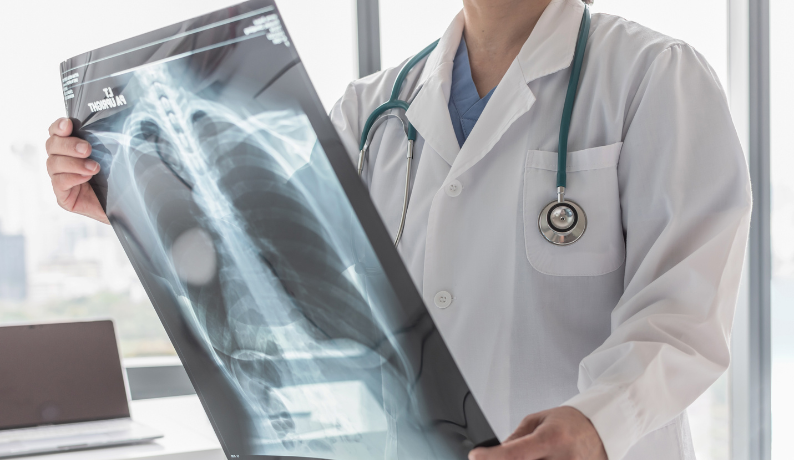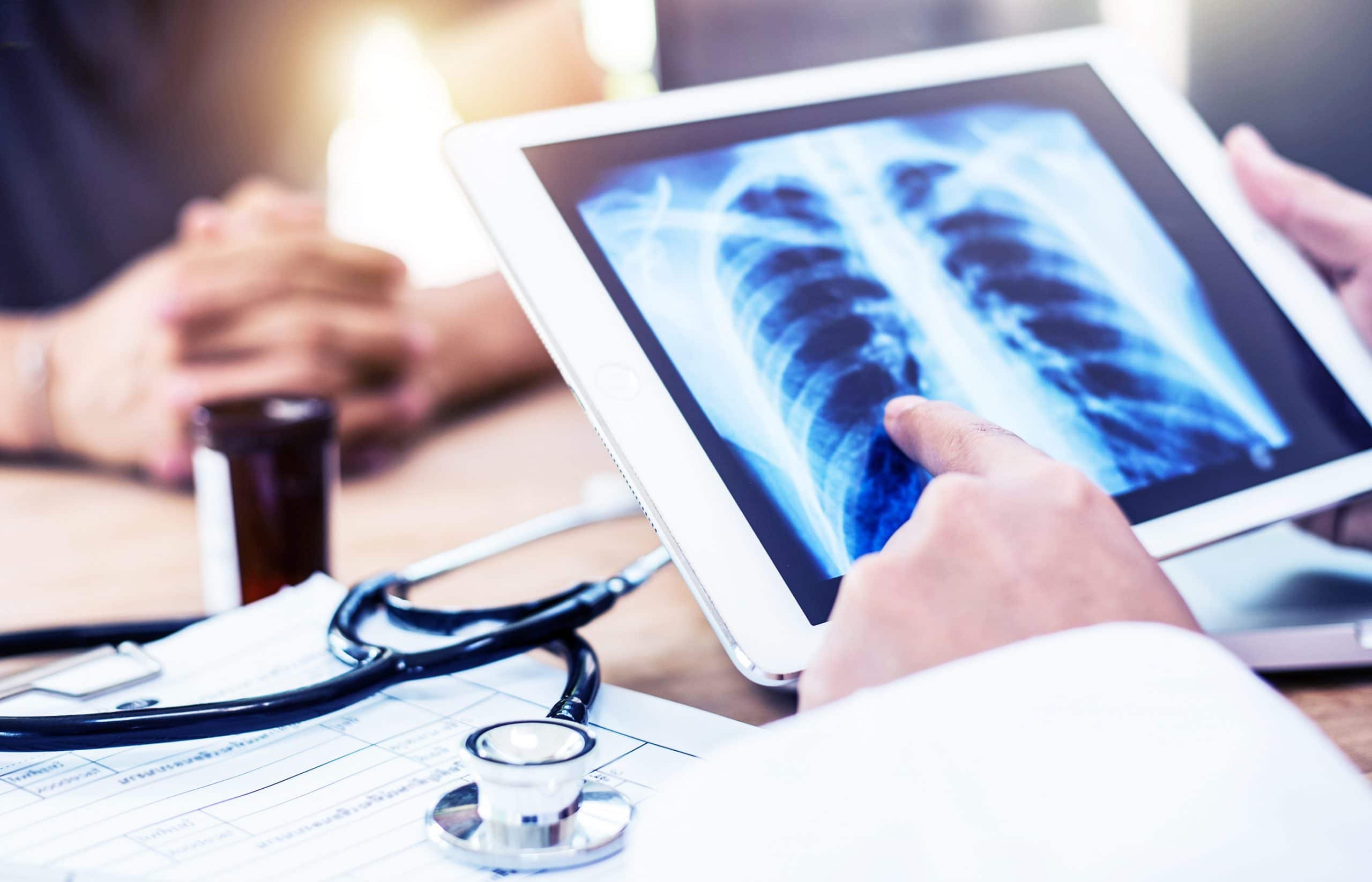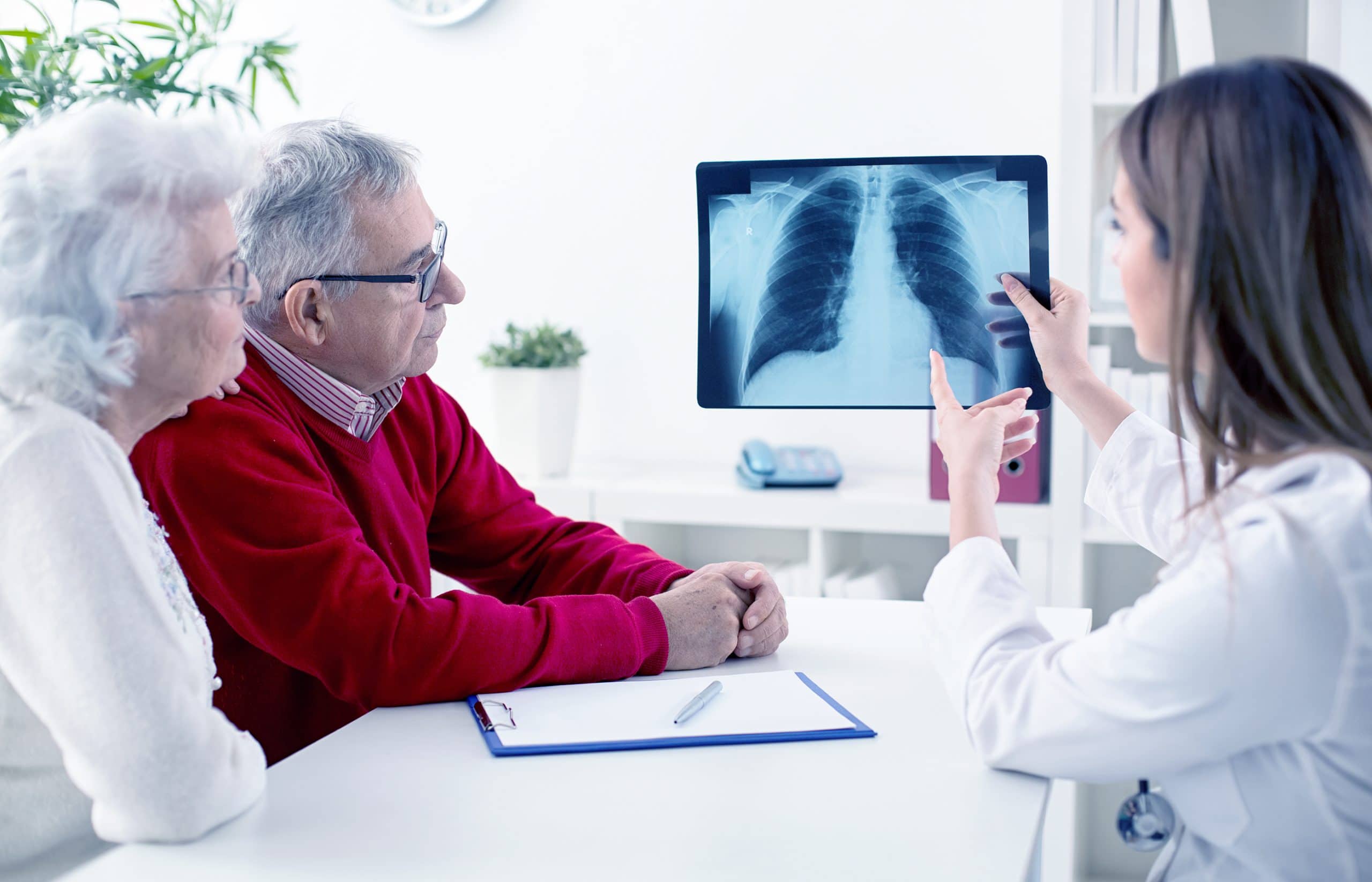15 Unexpected Signs of Lung Cancer
Lung Cancer patients typically begin noticing symptoms, such as a recurrent cough or shortness of breath, in later stages. Unexpected signs and symptoms, however, could indicate lung cancer earlier on. These symptoms can appear in unusual places and may not be directly caused by lung cancer.

Unexpected Signs of Lung Cancer
In general, people expect indicators of lung cancer to appear to be related to the lungs. Other signs and symptoms, however, could go unnoticed. People who take up smoking already know the risk of developing lung cancer. Non-smokers who were exposed to other cancer-causing carcinogens may not think about early screening.
What is Cancer of the Lungs?
Lung cancer, and cancer in any form, results when healthy cells mutate into malignant ones. It begins in the lungs and is most often caused by smoking, secondhand smoke, exposure to certain toxins, and family history. One of the first symptoms is chronic coughing, but unexpected physical signs of lung cancer can occur.
Lung cancer may be prevented by avoiding smoking or limiting exposure to secondhand smoke, but unpreventable factors like environmental hazards can trigger the mutation of cells. According to the American Lung Association, most cases are caused by active smoking. Radon gas is the second-most common cause of lung cancer, followed by other environmental pollutants and exposure to asbestos. The risk for cancer significantly increases when a smoker is exposed to other lung cancer-causing substances.
The Most Unexpected Signs of Lung Cancer
As the most common form of cancer in the world, lung cancer kills an estimated 1.8 million people each year, including nearly 150,000 Americans. The annual number of deaths caused by lung cancer in the United States peaked in 2005 and has since decreased. Both smokers and non-smokers may overlook 15 key, yet unexpected signs of lung cancer.
1) Voice hoarseness
Hoarseness (dysphonia) occurs when your voice becomes softer, raspy, or strained. Most causes of hoarseness are not serious and tend to go away quickly, but experiencing hoarseness could indicate a tumor in the lung pressing on the nerve that controls the vocal cords.
2) Balance problems
Losing your balance easily or feeling unsteady could occur if a lung cancer tumor develops near the superior vena cava (SVC), which is a large vein that takes blood from the head and arms to the heart. A large tumor can block the vein and cause dizziness or loss of balance.
3) Weight gain or loss
Extreme changes in weight can indicate many types of cancer. Specifically, the tumors of small-cell lung cancer may cause the body to produce a hormone called ACTH. An excess amount of ACTH causes the body to make cortisol, which causes fluid retention and weight gain. Contrary to gaining, weight loss from lung cancer can result from the loss of appetite.
4) Blood clots
Blood clots result when a combination of platelet, proteins, and cells in the blood stick together, creating a gel-like substance. Lung cancer may increase the likeliness to develop blood clots in the legs, arms, or lungs.
5) Bone pain
Someone with lung cancer may experience bone pain in the spine, pelvis, arms, or legs. In the late stages, lung cancer can spread to the bones, causing them to feel weak or achy. Bone pain may be confused with muscle pain, but can be distinguished when the pain gets works at night, with movement, or when someone lays on their back.
6) Clubbed fingers
Clubbed fingers occur when the end of them appear larger from blood and fluid gathering in the fingertips. The fingernails look shiny and curve downward. About 80% of lung cancer patients experience clubbed fingers because of a hormone-like chemical from lung tumors.
7) Digestive problems
Digestive problems such as stomach aches, constipation, or nausea may result from high levels of calcium in the blood. This condition, called hypercalcemia, occurs in about 10-20% of lung cancer patients.
8) Fatigue
Without properly functioning lungs, it can be a struggle to breathe which is why knowing breathing exercises can vastly help. The lack of oxygen in lung cancer patients combined with the cancer feeding off the body’s nutrients can prevent energy production. The lack of available energy to get through everyday life can cause a patient to feel fatigued or tired.
9) Headaches
Lung cancer tumors near the superior vena cava, which is the large vein that transports blood from the head and arms to the heart, can cause a backup of blood in the vein. The backed-up blood can lead to extreme headaches or lightheadedness. High levels of calcium in the blood, which is common in about 20% of lung cancers, can also cause headaches.
10) Extreme thirst
Hypercalcemia is a condition common in lung cancer patients in which higher levels of calcium are present in the blood. Along with digestive problems, high calcium levels can cause extreme thirst and frequent urination.
11) Puffy face
Swelling in the face, neck, or arms may occur when a tumor presses on the superior vena cava. The blocked large vein traps blood from flowing freely, causing it to gather near the face, neck, or arms, which can produce a puffy look in the affected areas.
12) Swollen breast tissue in men
Some forms of lung cancer, such as large-cell, can cause swelling in a man’s breast tissues. Though less common, swelling and tenderness occur when hormone levels caused by cancer interfere with breast tissue production.
13) Urge to quit smoking
Quitting smoking is not easy for most people. Feeling the sudden urge to quit, however, may be a sign of lung cancer. Some scientists believe cancerous cells in the lung may restrict the urge to smoke by interfering with nicotine addiction.
14) Heart problems
Lung cancer patients may experience a rapid or irregular heartbeat due to high levels of calcium. Serious heart problems may include a heart attack or going into a coma. Anemic lung cancer patients may encounter shortness of breath and chest pain.
15) Pancoast Tumors and Shoulder Pain
A Pancoast tumor can form at the top of the lungs (apex). Pancoast tumors are rare and don’t show common signs of lung cancer, such as a cough, but show other symptoms that may not appear in more common forms of lung cancer.
People with a Pancoast tumor often experience sharp shoulder pain early on. As the tumor grows, patients can experience radiating pain toward the armpit, shoulder blade, and connecting bones in the area. The pain can radiate down nerves in the arm, neck, upper ribs, face, and spinal cord.
Other Pancoast tumor symptoms include upper arm swelling, weakness in hand muscles, loss of hand dexterity, a reduction of muscle tissue in the hand, tingling or numbness in the hand, chest tightness, fatigue, and weight loss.
Once lung cancer from Pancoast tumors invades the nerves of the face, patients can experience Horner’s syndrome. Symptoms of Horner’s syndrome include a droopy eyelid, the inability to sweat normally, flushing in the fact, and displacement of the eyeball on the affected side.


